|
|

|
  
Features
Update 2021/6/15 Forest Rehabilitation
PLANTING A HEALING FOREST IN YAKAMA NATION CORRECTIONAL
FACILITY (WA) TO FIGHT CLIMATE CHANGE, RESTORE BIO-DIVERSITY AND
RECHARGE THE WATER TABLE
By Suzanne Forcese
“The importance of forests cannot be underestimated. We depend on forests for our survival, from the air we breathe to the wood we use. Besides providing habitats for animals and livelihoods for humans, forests also offer watershed protection, prevent soil erosion and mitigate climate change. Yet, despite our dependence on forests, we are still allowing them to disappear.”
World Wildlife Foundation
Planting trees is among the most effective strategies for climate change mitigation. There is however need for urgent action. It is estimated that if we cannot deviate from the current trajectory, the global potential canopy cover may shrink another 223 million hectares by 2050.
Rewilding—the restoration of land to a wild, uncultivated state—is a term used by forest makers to restore biodiversity and regenerate ecosystems.
WATERTODAY spoke with Ethan Bryson, Founder of Natural Urban Forests about a unique forest making project in Yakama Nation Corrections & Rehabilitation Facility to nourish the land and restore the lives of inhabitants.
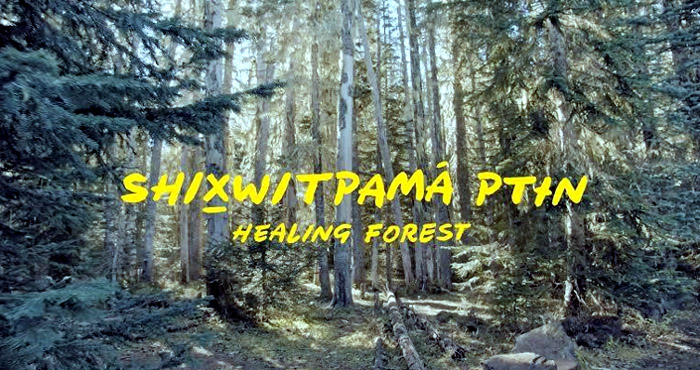
Yakama Nation, WA, USA
Native forests are 30 times denser, capture 16 times more carbon and are 100 times more biodiverse than conventional tree plantations(youtu.be)
“We are in the second year of the project. Our goal is to transform a barren landscape into a thriving, lush forest. The intention is to provide a resource for inmates, as part of their rehabilitation process by connecting them with traditional medicines, food and plants.”
Bryson, who holds a degree in architecture, told WT, “The spaces we create as architects have no diversity of life with monoculture plantings. If we are so creative as architects, why can’t we reverse that to accelerate and develop a healthier relationship with Nature?”
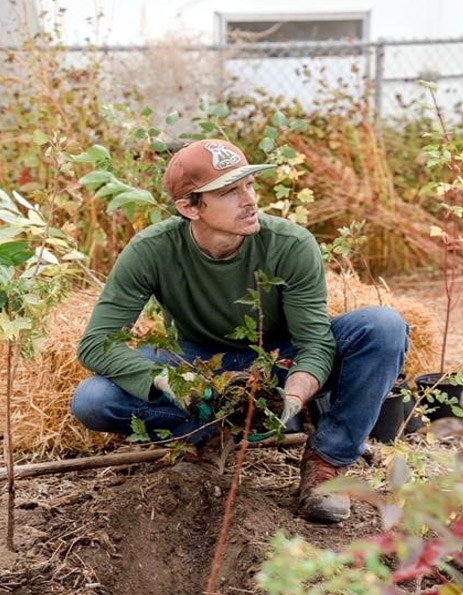
“I saw it as such a tragedy that as creative architects we were bringing spaces to life but they were sterile.” --Ethan Bryson, Architect
Bryson has introduced a method developed by Dr. Akira Miyawaki of Japan.
“I first learned of the Miyawaki Method in a TED Talk given by Shubhendu Sharma of Afforest and I became impassioned to learn more. I contacted Shubhendu and travelled to a plantation in Missouri to put the Miyawaki method into practice myself.”
Over the past sixty years, Dr. Miyawaki has worked to return land to its natural state before human interference. his method of planting native species in high density plantation mounds grows forests ten times faster and thirty times denser than traditional forestation methods. He has planted over forty million trees around the world.
Bryson says it has been a bit of a struggle to prove the concept in the USA because of the initial high cost.
“We are seeing in other projects that after three years no maintenance is required. Plus, we have created an environment to retain moisture.
“It’s a biology-based strategy without the use of pesticides and herbicides. We help the biology in the soil create a self-system with the right strategy.
“In the Old Growth Forest model for example we see a fungal growth. By bringing in the right microbiome – the good guys in soil biology – we are providing food, better endurance, and moisture retention for longer periods of time.”
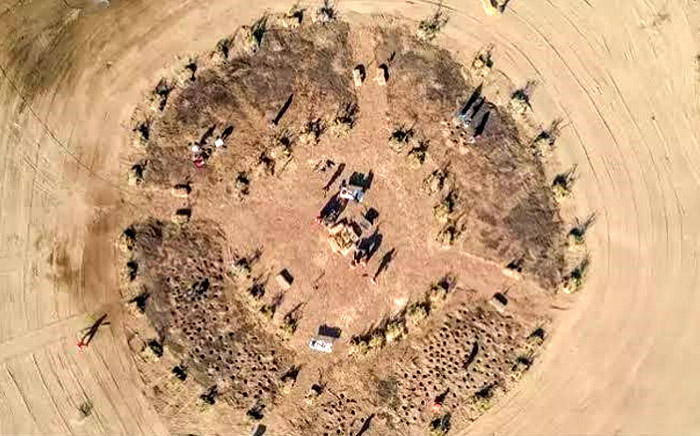
“I saw it as such a tragedy that as creative architects we were bringing spaces to life but they were sterile.” --Ethan Bryson, Architect
Although there are only 25 cm of annual rainfall, there is the potential to create a native tree forest on these grounds.
Bryson expects water quality to improve.
“We are hoping to recharge the water table and have cleaner water.”
“We took soil samples before beginning the project to analyze the bacteria/fungal ratio; the species and predators; water retention capacity. By comparison in a former project on an agricultural site where the soil was a compacted powder two inches down, we added amendments and after six months we found in the second sample the soil had increased its capacity to retain water by six times.”
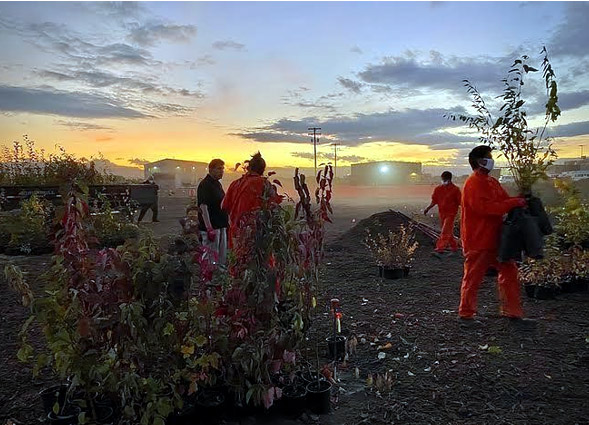
“The creation of our ‘Healing Forest’ is dedicated to the spiritual restoration and physical well-being of our residents...and their journey in life towards a more meaningful and self-healing existence.” -- Chief Alvarez, a member of the Shoshone-Bannock Tribes of Idaho and Chief of Yakama Nation Corrections.
Five thousand site specific trees are to be planted in 15,000 square feet. Bryson adds that there was a study of the habitat and what was truly native to the site.
“We engaged local tribal knowledge, awareness and involvement to help the inmates in the rehabilitation process.”
The forest matrix selection with up to 36 total species in 4 ascending layers (shrub, subtree, tree, and canopy). Medicinal herbs will also be planted.
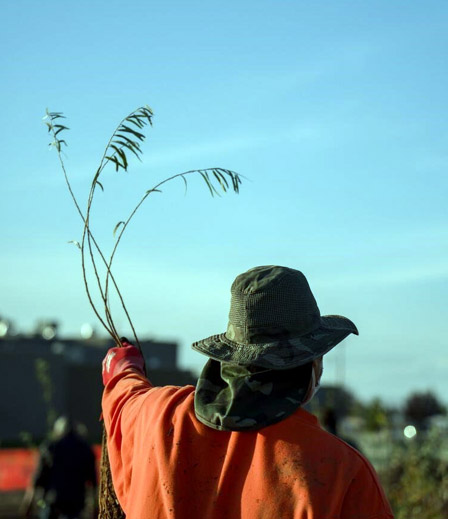
““You know, I am going to be able to come by here and show my kids that I did that. It feels great. It makes my heart feel good.”
Bryson adds that a former inmate who had worked on the project in the first year has now been rehabilitated into society.
“He’s working full time with us on another project.”
“With the right attention we can nurture a barren space to become a model of natural diversity and abundance. The way we treat the life around us is a reflection of ourselves. For the long-term wellbeing of our planet and ensuring healthy communities we need to care for life in the soil and enliven the return of nature’s bounty.”
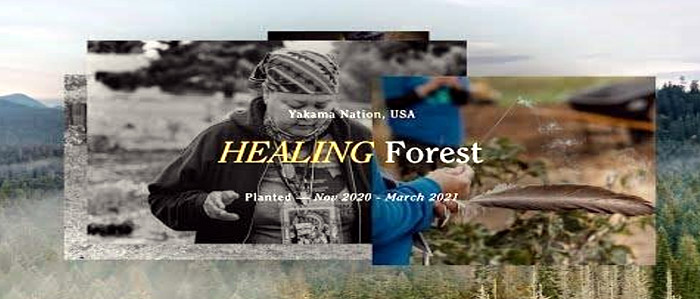
https://youtu.be/HPXq5WRQV-0
|
|
|
Have a question? Give us a call 613-501-0175
All rights reserved 2025 - WATERTODAY - This material may not be reproduced in whole or in part and may not be distributed,
publicly performed, proxy cached or otherwise used, except with express permission.
|
| |